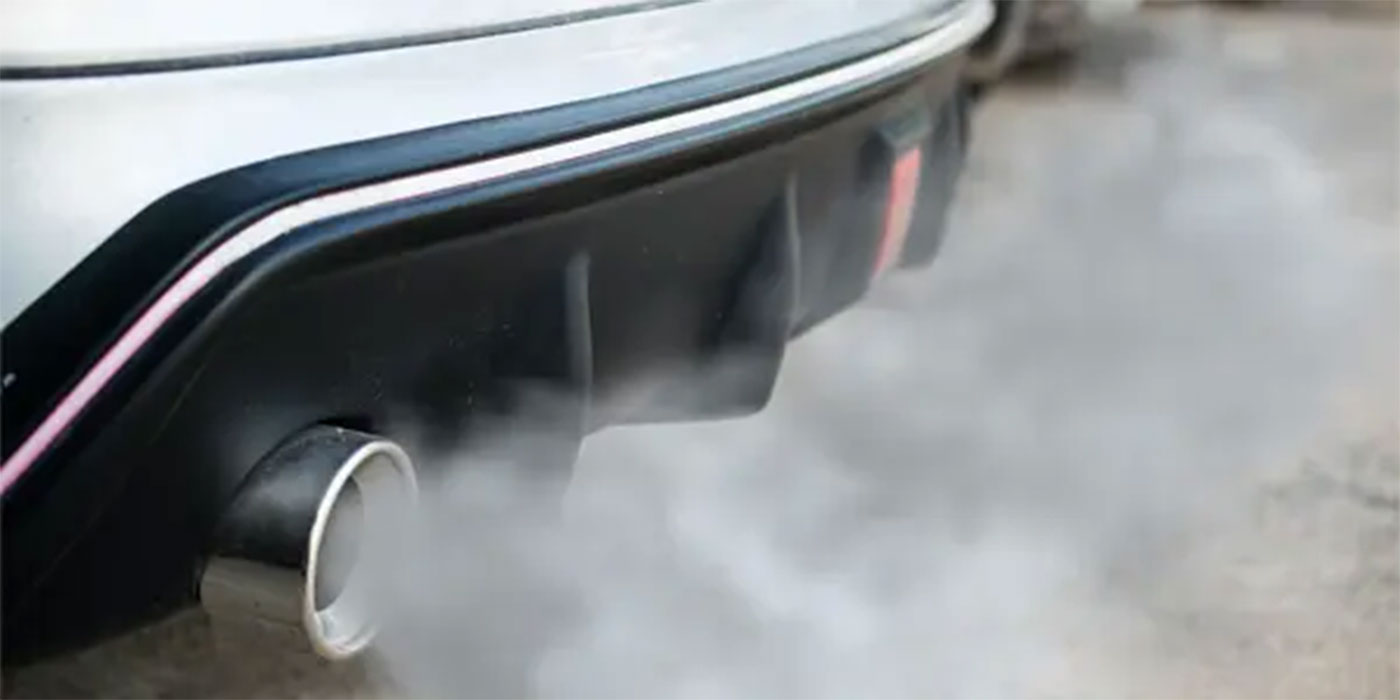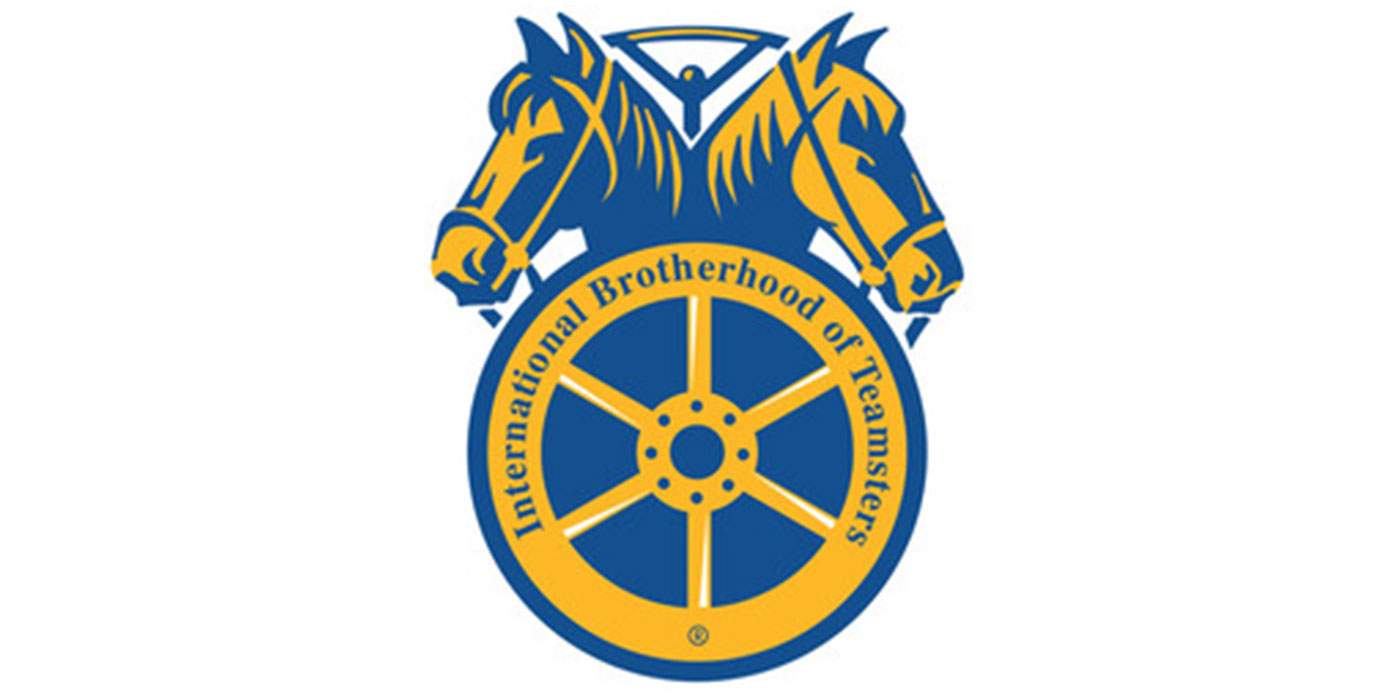By Amy Antenora, Managing Editor
CHICAGO — Over the past few years, global competition in the automotive industry has significantly heated up. Wayne Xing, editor and publisher of China Business Update, yesterday addressed one particular country of increasing interest to the U.S. aftermarket – China – during a presentation at the 2005 Global Automotive Aftermarket Symposium (GAAS).
In recent years, China’s automotive industry has exploded, as the country’s infrastructure and economy have begun to allow for and create increased interest in passenger cars. It took China 40 years to produce 1 million automobiles, from 1953 to 1992. Today, however, the Chinese vehicle market is expanding at an ever-increasing clip. It is estimated that this year, China will surpass six million vehicles produced.
“Twenty years ago, there was not a single strip of expressway [in China],” said Xing. “Today, there are more miles of expressway than in the U.S.”
The Chinese vehicle market is both an existing and a potential large market; both an institutional and a commercial vehicle market, said Xing. However, the Chinese vehicle market is not as consumer-oriented as it is in the U.S. It is dominated by institutional fleets, taxis for example, and is heavily influenced by the Chinese government.
In China today, vehicles are purchased, maintained and serviced using government funding, according to Xing. The automobile in China today is still not truly a consumer product but is used more as a piece of equipment than a lifestyle luxury.
“In the U.S., a car is like a bicycle in China. It is a vehicle for getting to work,” said Xing.
Yet, government control of automotive manufacturing in China is declining, Xing pointed out, to focus more attention on safety and emissions issues.
The Chinese auto parts industry is high-priced, OEM-monopolized and institutionally supported, said Xing.
Three different forces are at work in China’s automotive sector, said Xing, — the government, international players and domestic competitors. In addition to multi-national players, the industry includes state-owned and private suppliers. There are between 2,500 and 3,000 OE suppliers in China, with about 2,500 to 3,000 major aftermarket suppliers. According to SAE China, the total number of automotive suppliers in China ranges from 10,000 to 15,000.
Touching more specifically on the aftermarket in China, Xing described it as scattered, underdeveloped and chaotic. Geographically, the Chinese automotive aftermarket is quite different from the more regionalized retail and distribution set-up that exists in the U.S. The Chinese aftermarket includes what are described as “automotive streets” where suppliers and parts vendors rent shops and create an entire block of parts suppliers, in addition to even larger “auto parts cities” housed in large buildings. In Shanghai alone there are 33 “auto parts cities,” with about 20,000 dealers. There are 200,000 to 220,000 repair shops in China, including franchised dealerships, government repair shops and “mom and pop” independent shops.
“China is a fast-growing but not mature market. Competition is tough and will become tougher in the Chinese market,” said Xing with regard to China’s advanced engineering and R&D capabilities.
The total parts supply in China in 2004 was about $61 billion dollars. China exported about $4.4 billion in parts and components last year.
_______________________________________
Click here to view the rest of today’s headlines.










